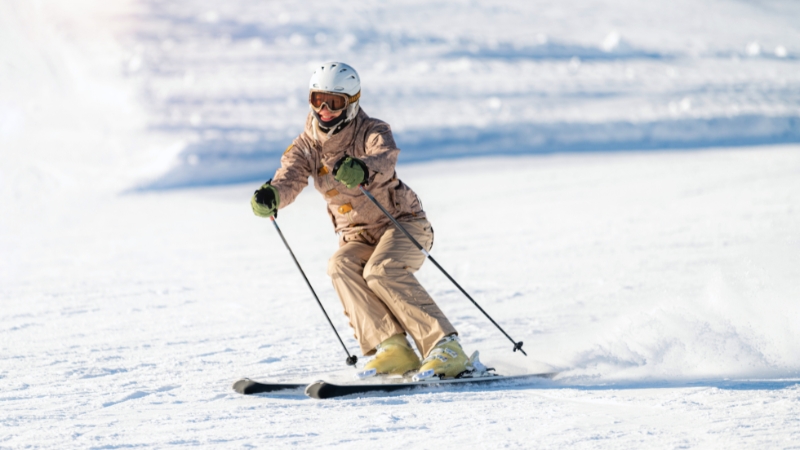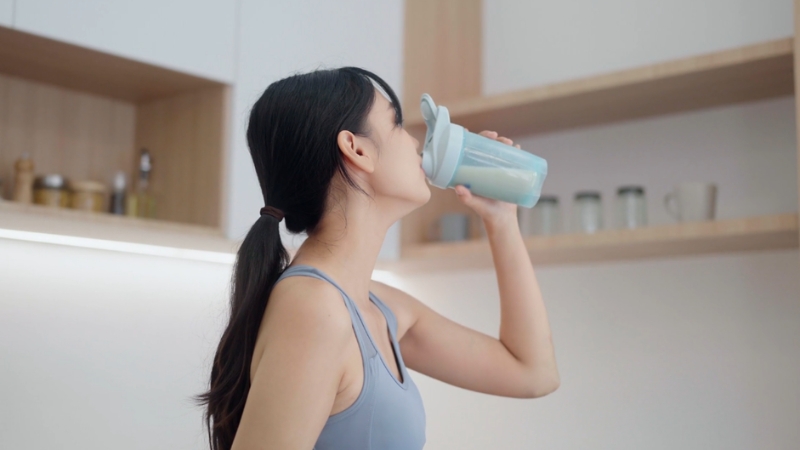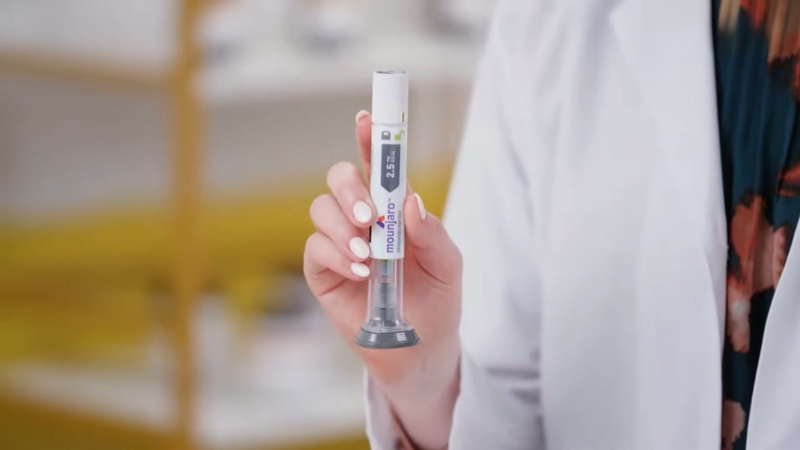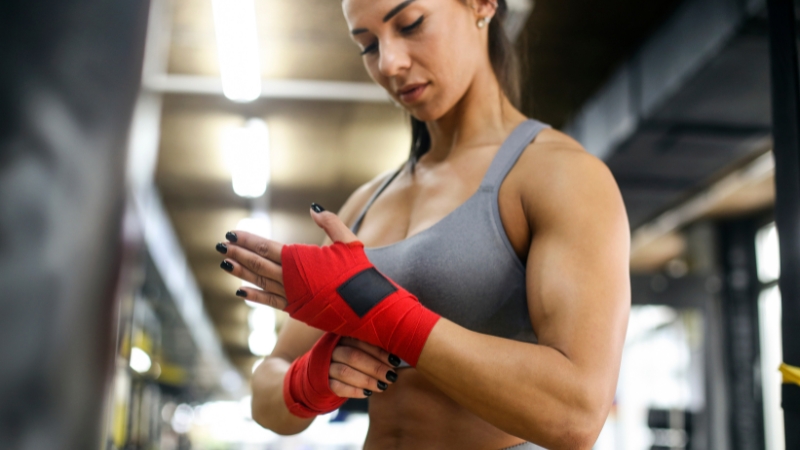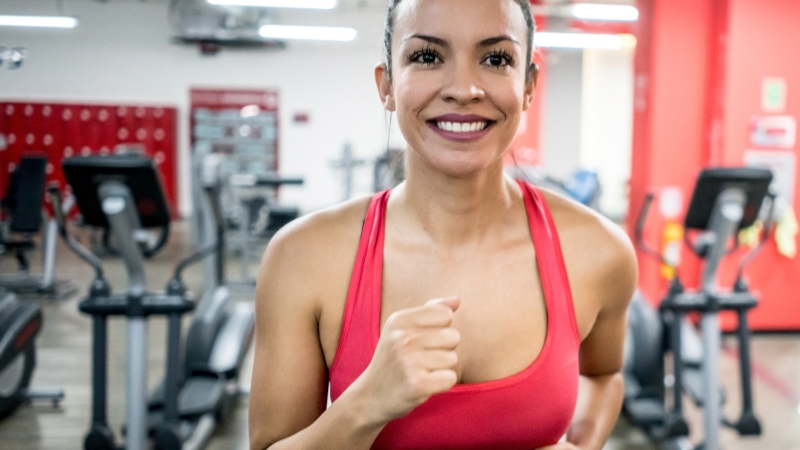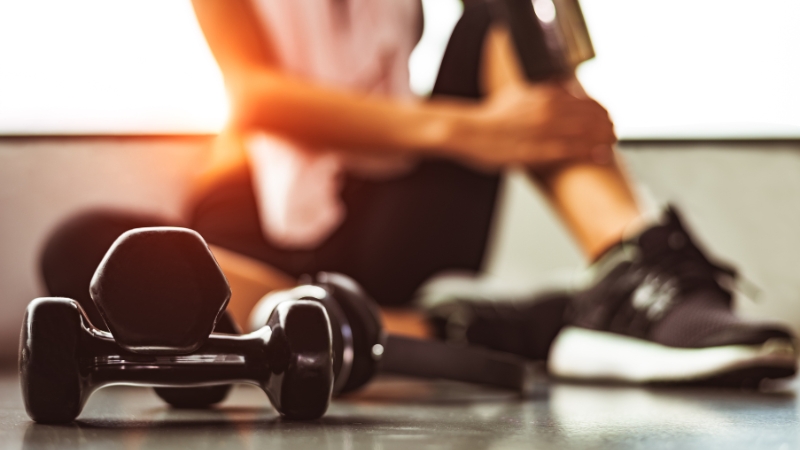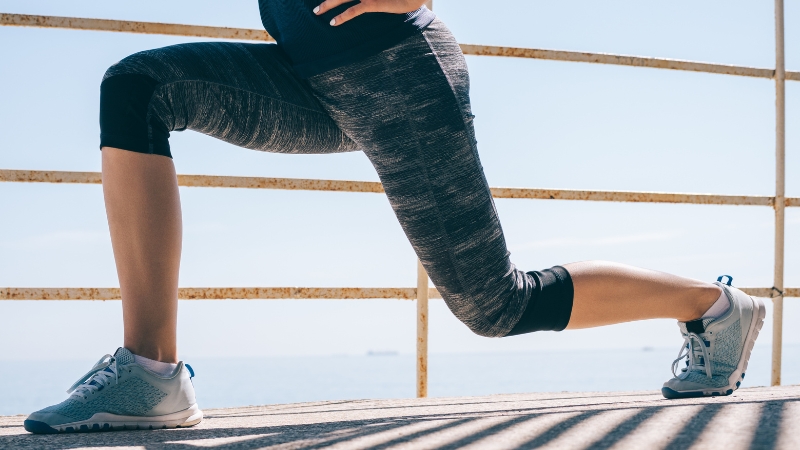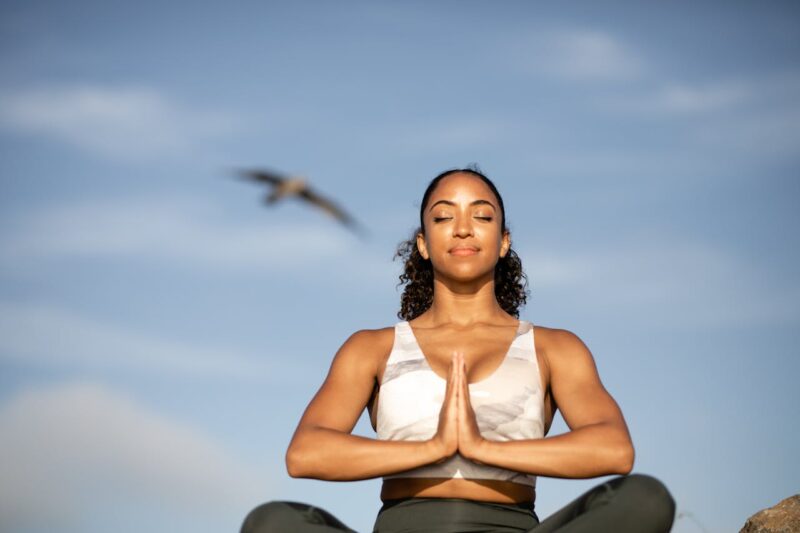
Share Post:
Cellulite affects many individuals, creating a dimpled appearance on the skin, often around the thighs, buttocks, and abdomen. Many seek natural methods to minimize its visibility, with Yoga and Pilates frequently suggested as potential solutions.
These forms of exercise emphasize muscle engagement, circulation, and flexibility, all of which may contribute to a smoother skin appearance. While they do not directly eliminate cellulite, they play a role in improving overall body composition and skin firmness.
Improved blood circulation and lymphatic drainage are key factors in reducing cellulite appearance. Yoga and Pilates encourage movement patterns that stimulate these functions, helping to clear toxins and excess fluids that can contribute to uneven skin texture.
Focusing on Yoga and Pilates as natural approaches, this article explores how these disciplines contribute to skin health.
Activate Key Areas to Smooth Your Skin
Yoga and Pilates focus on muscle engagement, which can help create a firmer appearance in cellulite-prone areas. Strengthening muscles beneath the skin may reduce the dimpled effect, offering a smoother look over time. Certain movements specifically target the thighs, buttocks, and abdomen, where cellulite often appears.
Best Areas to Target for Cellulite Reduction
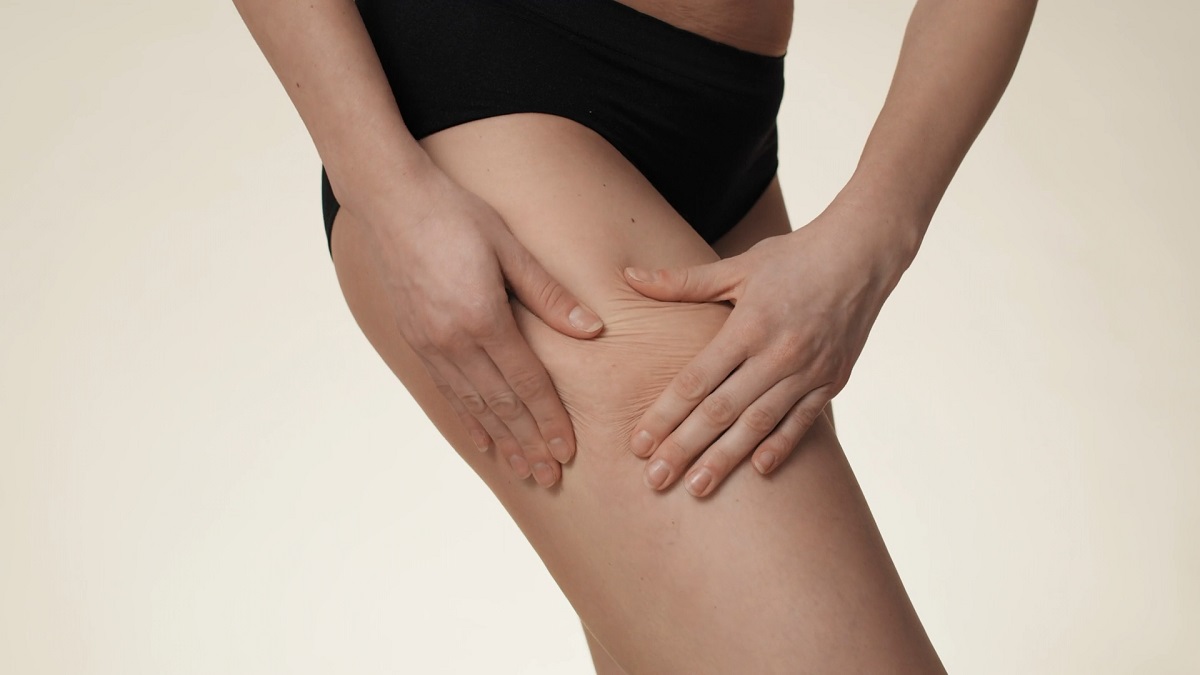
- Thighs: Building strength in the quadriceps and hamstrings can tighten the skin.
- Buttocks: Glute-focused exercises help lift and firm this area.
- Abdomen: Core activation improves posture and skin tightness.
Yoga Poses for Key Areas
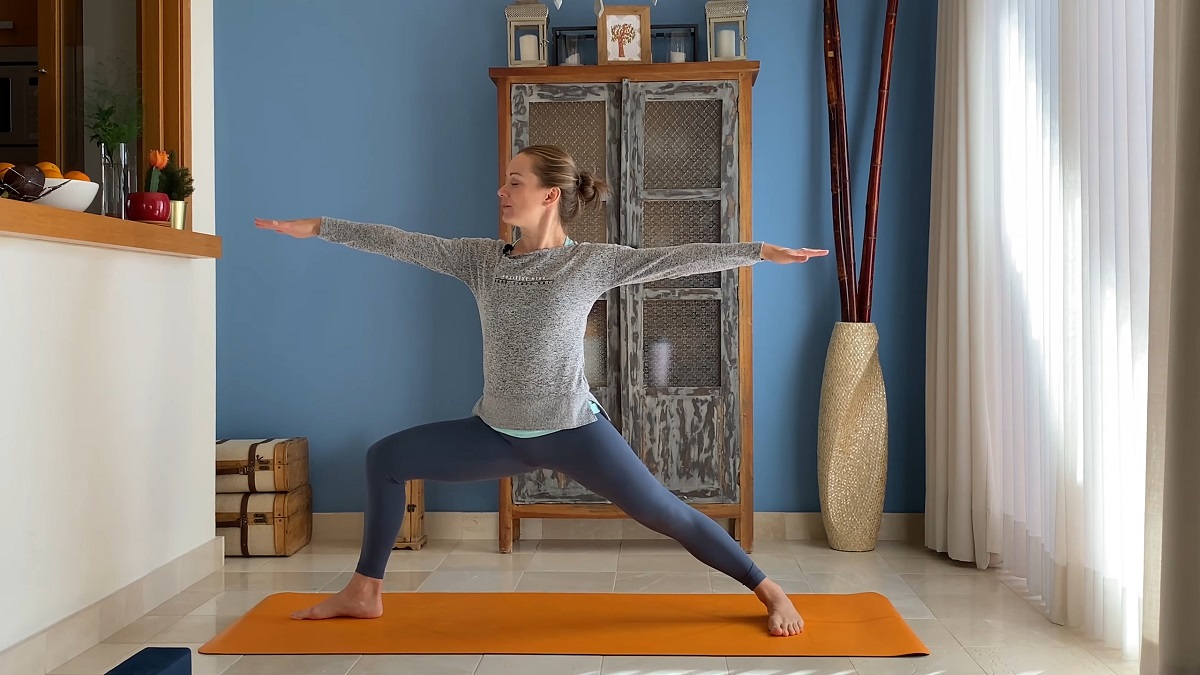
- Warrior II: Engages thighs and glutes, promoting muscle tone.
- Bridge Pose: Lifts and strengthens the glutes while improving circulation.
- Boat Pose: Activates the core, enhancing muscle definition.
Pilates Moves to Strengthen Target Zones
- Leg Circles: Engages the inner thighs and improves flexibility.
- Glute Bridges: Tones the buttocks and supports lower back strength.
- The Hundred: Strengthens core muscles and promotes better circulation.
Boost Circulation and Flush Out Toxins
Poor circulation can make cellulite more noticeable by trapping fluids and toxins in fat cells beneath the skin. Yoga and Pilates encourage better blood flow, which helps deliver oxygen and nutrients to tissues while removing waste products.
Movements that incorporate stretching, controlled breathing, and muscle engagement improve circulation, creating an internal environment that supports smoother skin.
How Yoga Improves Blood Flow
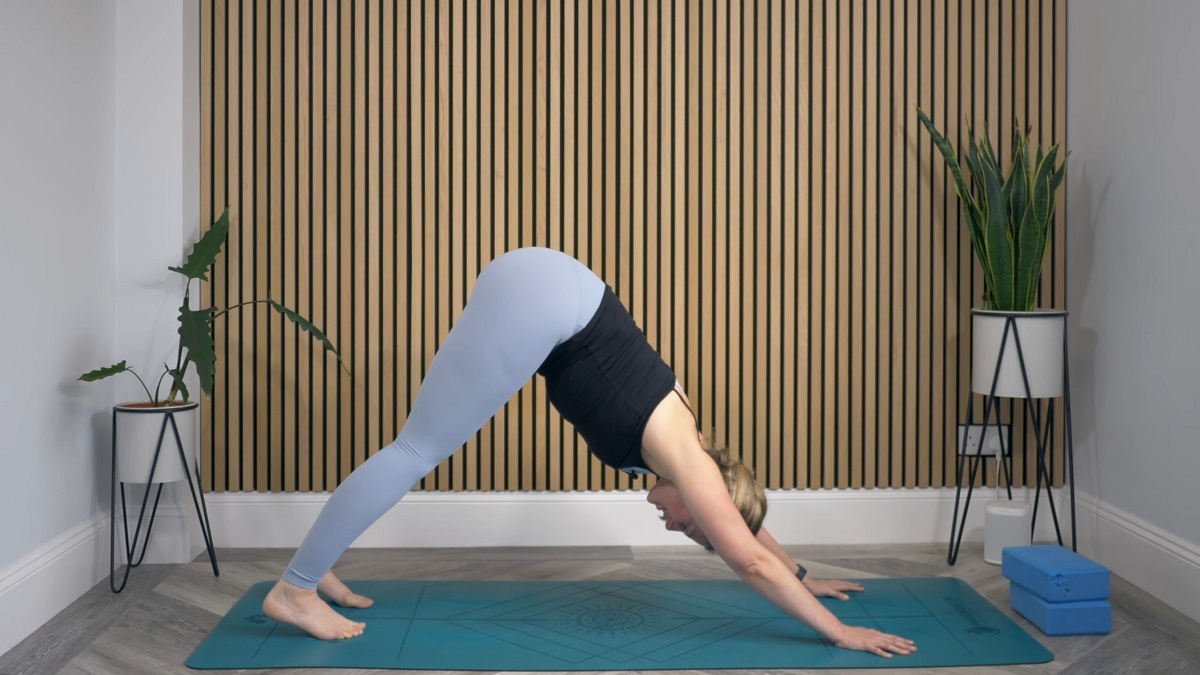
Yoga poses that involve deep stretching and inversion stimulate circulation by encouraging fresh oxygenated blood to reach the skin and muscles. Forward bends, twists, and poses that elevate the legs above the heart can enhance venous return, preventing fluid buildup that contributes to cellulite.
Holding poses while focusing on deep breathing increases oxygen supply, promoting detoxification and reducing inflammation that can worsen the dimpled appearance.
Professional treatments can work alongside movement-based solutions to enhance circulation and skin health. For instance, LightRx offers non-invasive cellulite reduction treatments designed to improve blood flow and skin texture.
Combining these treatments with Yoga and Pilates helps strengthen muscles, promote lymphatic drainage, and support overall skin smoothness.
Practicing poses such as Downward Dog and Legs-Up-The-Wall can help redirect blood flow and relieve stagnation in the lower body. Twisting poses like Revolved Triangle improve circulation by compressing and then releasing tissues, which flushes out metabolic waste and supports healthier skin.
Regular practice strengthens blood vessels, making it easier for the body to transport nutrients and maintain optimal tissue health.
How Pilates Stimulates Circulation
Pilates movements activate deep muscles while encouraging controlled breathing, which enhances blood flow. Dynamic exercises that engage multiple muscle groups at once require more oxygen, prompting the heart to work efficiently.
The Hundred, a foundational Pilates move, combines rapid arm pumping with coordinated breathing, stimulating circulation and increasing overall blood flow.
Strengthening the core and lower body through Pilates also encourages better posture and movement efficiency. Good posture prevents blood from pooling in certain areas, ensuring even circulation throughout the body.
Regular practice can lead to healthier capillaries, improved oxygenation, and better overall skin texture.
Improve Lymphatic Flow for Better Skin Texture
The lymphatic system plays a major role in reducing cellulite. Unlike the circulatory system, which has the heart to pump blood, the lymphatic system relies on movement and muscle contractions to keep fluids flowing.
When lymphatic flow slows down, excess fluid and toxins build up in tissues, contributing to swelling and a bumpy skin appearance. Yoga and Pilates help stimulate this system, aiding in waste removal and reducing fluid retention that makes cellulite more noticeable.
How Yoga Supports Lymphatic Drainage
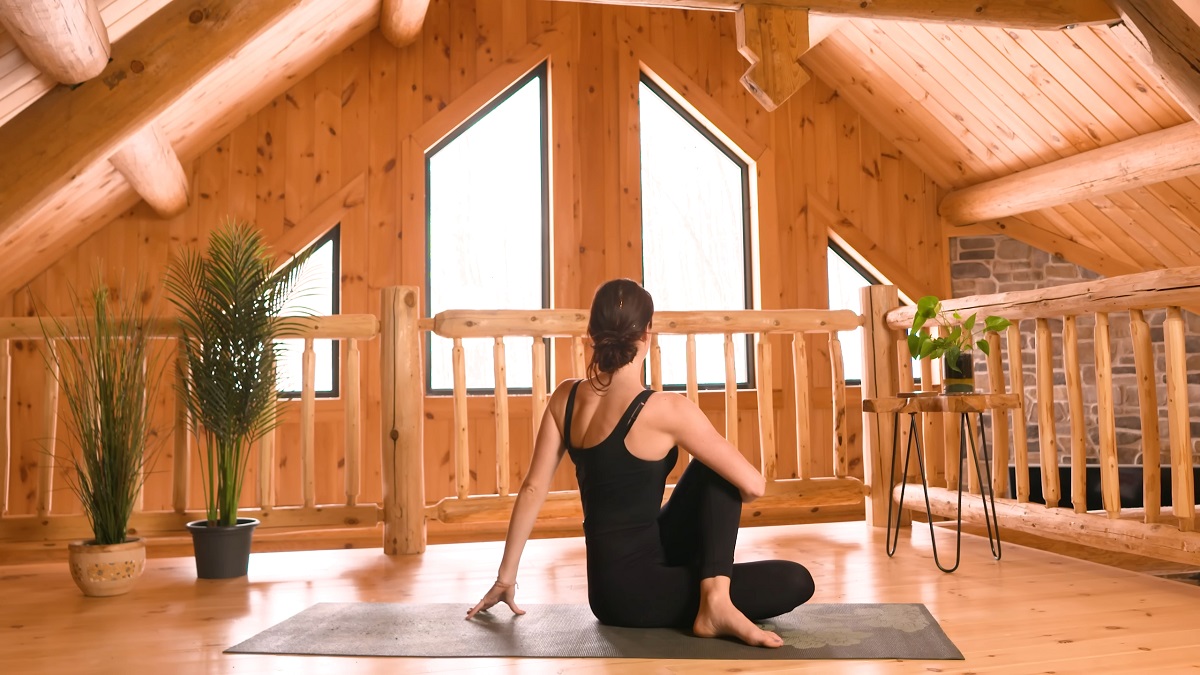
Yoga movements that involve stretching, twisting, and inversion promote lymphatic drainage by encouraging fluid movement throughout the body. Twists compress lymph nodes, which then release and allow fresh lymph to flow once the twist is released.
Inverted poses help gravity assist in moving stagnant fluids out of the lower body, preventing buildup that worsens cellulite.
Practicing yoga consistently helps open up tight areas where lymphatic flow may be restricted. Postures like Legs-Up-The-Wall and Shoulder Stand allow lymph to drain from the legs and hips, which are common cellulite zones.
Twisting poses such as Seated Spinal Twist help clear toxins that may contribute to poor skin texture. Deep diaphragmatic breathing, an essential part of yoga, further stimulates lymphatic circulation, creating a natural detox effect.
How Pilates Enhances Lymphatic Function
Pilates exercises improve lymphatic flow by engaging deep muscles and increasing circulation. Controlled movements combined with breathwork create an internal massage effect, pushing lymphatic fluid through the body. Pilates also focuses on posture and core strength, both of which contribute to better lymph flow by preventing areas of stagnation.
Movements such as Rolling Like a Ball and Leg Circles engage multiple muscle groups while stimulating the lymphatic system. Full-body exercises like Swan Dive and Spine Stretch Forward improve spinal mobility and open up areas where lymph nodes are located.
This combination of strengthening and lengthening muscles ensures that lymphatic drainage remains efficient, reducing puffiness and improving skin tone over time.
Additional Ways to Support Lymphatic Flow
While yoga and Pilates provide a strong foundation for improving lymphatic health, additional daily habits can enhance the results:
- Stay Hydrated: Lymph fluid is mostly water, so dehydration slows down drainage.
- Dry Brushing: Using a dry brush before a workout stimulates lymph movement.
- Deep Breathing Exercises: Expanding the diaphragm encourages fluid movement in the chest and abdomen.
- Massage Therapy: Lymphatic drainage massage can enhance the effects of exercise.
Stay Consistent to See Lasting Changes
Cellulite reduction does not happen overnight. The key to real progress lies in consistency. Yoga and Pilates create gradual improvements in muscle tone, circulation, and lymphatic function, all of which contribute to smoother skin.
Sticking to a structured routine ensures that the body continues to adapt, strengthening muscles, flushing out toxins, and reducing fluid retention. A few sessions may bring temporary improvements, but long-term commitment delivers noticeable and lasting results.
How Often Should You Practice?
Frequency plays a major role in cellulite reduction. Practicing Yoga and Pilates at least three to five times per week allows the body to build strength and maintain efficient circulation. Daily movement—whether through full sessions or shorter targeted routines—keeps the lymphatic system active and prevents fluid buildup that makes cellulite more prominent.
- Beginners: Start with three sessions per week, focusing on controlled movements and breathwork.
- Intermediate: Increase to four or five sessions, incorporating more dynamic and strengthening exercises.
- Advanced: Aim for daily movement, alternating between muscle-focused workouts and restorative sessions to maintain balance.
FAQs
The Bottom Line
Yoga and Pilates offer real benefits for reducing the appearance of cellulite by improving muscle tone, circulation, and lymphatic drainage. While they do not directly eliminate cellulite, regular practice strengthens the body, enhances skin texture, and supports overall health.
Consistency is key, as visible changes take time and require a combination of movement, hydration, and proper nutrition.
Related Posts:
- Pilates vs. Yoga - Which is Better for Your Fitness Goals?
- Can a Workout Routine Really Help With Mental and…
- Can AI Help You Get Fit? Real Benefits and Red Flags
- How a Clean Diet and Regular Exercise Can Help…
- Leg Pain from Poor Circulation? Here Are the…
- Cardio vs. Yoga - Which is Better for Mental Health…


